What can you do with your shoes to prevent them from rubbing?
There are many ways to prevent new shoes from chafing. To stretch the last and soften the material, improvised means and professional sprays are used, and to protect the skin of the feet from rubbing, special stickers, anti-slip insoles and inlays are used.
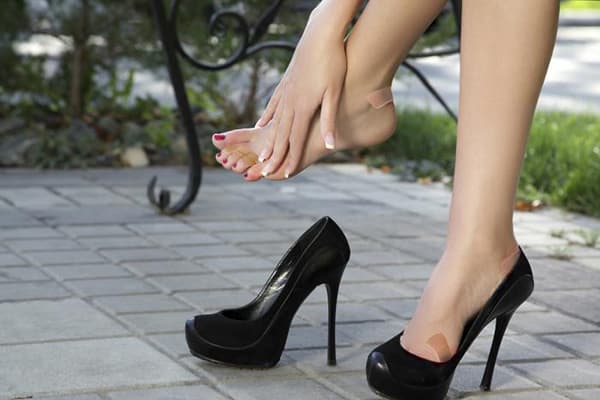
Why do shoes rub?
Before you start breaking in your next pair, it’s useful to find out the reasons why your shoes rub?
Calluses may appear in the following cases:
- the shoes are made of rough, hard material and have thick internal seams;
- the size of the last does not match the size of the foot - larger or smaller;
- the shoe has a small instep;
- individual features of the structure of the foot appear;
- there is severe sweating in the foot area;
- I got an inconvenient model.
In addition, you can get calluses in the most unexpected places simply because you are not used to wearing a certain type of shoe. For example, if a person has never worn flip-flops, then after an hour’s walk he will probably get a couple of calluses.
New shoes should be purchased in the late afternoon, when your feet swell slightly. Then during the day your shoes or boots will definitely not rub.
Tools for stretching tight shoes
Tight, uncomfortable shoes can be “fixed” at home. There are several proven methods for this.
- Vodka, alcohol.
Using vodka or alcohol you can soften the hard edges of shoes and boots.The main thing is to check the strength of the paint on an inconspicuous area before starting the procedure, since alcohol-containing substances can discolor materials.
A cotton pad is soaked in vodka and wiped over the inside of the shoe, paying special attention to the edges. When the material is thoroughly wet, knead it with your fingers, trying to make it softer. You can put on a pair and walk around the apartment a little, and if necessary, repeat the treatment the next day.
- Castor or sunflower oil, glycerin.
These substances have a softening effect, and have an equally positive effect on both shoes and the skin of the feet. Dip a cotton pad in oil or glycerin, treat the inner surface of the material, not missing the seams, and then knead it with your fingers. This procedure is useful not only for a new pair, but also for boots that have become rough after winter inactivity.
- Wax, soap.
If shoes rub your heels, lubricate the inside of the heels with hard soap or a candle. This reduces friction. The procedure is repeated until the pair is separated.
- Hammer.
Berts, boots, shoes and other shoes made of hard leather can be softened with a hammer. Place a piece of soft material on the problem area and, gently tapping, break it with a hammer. The method is not suitable for varnished models, as the glossy surface may crack.
- Beer.
An excellent means of softening suede shoes. The toe and heels are soaked in a foamy drink and then kneaded with your hands. When the result is achieved, the boots need to be cleaned and aired.
- Paper.
For work, it is better to take white, unpolished paper, although you can get by with newspapers. Lumps of damp paper are placed inside shoes or boots and left for a day until dry.You shouldn’t force things - put the problematic pair on the battery or take it out into a draft. The paper should take a long time to dry and be sure to dry completely.
- Water packs.
This method is based on the ability of water to expand when frozen. They fill small plastic bags with enough water to fit inside the model, and put the shoes in the freezer overnight. Freezing water will spread the tight last, and the shoes will become a little larger.
The easiest and safest way for shoes is to wrap the box with the problematic pair in a wet terry towel and leave it overnight. You will have to throw away the box, but the boots will become softer and will stop rubbing.
Special means
Stretching tight shoes using improvised means is cheap and convenient. However, with this approach there is always a risk of ruining expensive shoes. Today, to solve the problem, special sprays and stretching foams have been developed, which are simple and safe to use.
Sprays
Basically, the rules for working with sprays from different manufacturers are the same: the composition is sprayed inside and outside the shoe, the shoes are put on the foot (preferably on a nylon or cotton sock) and worn in for half an hour. You shouldn’t expect the product to increase much in length, but the sides and nose will become much softer, and you won’t have to rub your feet with shoes again. The effect of using industrial stretch marks becomes noticeable after several treatments.
Here are a few products that have received positive customer reviews:
- Salamander Shoe Stretch — for genuine leather and suede;
- Pregrada - for all skin types;
- Damavik — for artificial and natural leather, suede;
- TWIST - for leather, suede, velor, nubuck;
- SALTON - for smooth leather, suede, patent leather, nubuck.
Protective strips
In shoe stores, along with a new pair, you can purchase protective strips and heel guards, which are glued inside the shoes for comfortable wearing. To accurately determine the location of the possible appearance of a callus, you need to remember your experience with previous shoes or sandals. Where they rubbed the most, a protective strip is glued there.
Anti-slip insoles
Insoles with anti-slip coating will help you adapt to shoes that are slightly larger than desired. Especially if the model is wearing high heels. Those whose feet sweat profusely cannot do without this device. The insoles absorb excess liquid, the foot remains dry and does not slip inside the sandal. On sale you can also find special lasts for stretching new shoes to the desired size.
You can buy a pencil against calluses at the pharmacy. It contains nourishing, emollient, and sometimes antiseptic components. Before going out in new shoes, the feet in those places where abrasions may appear are lubricated in advance with a pencil and save yourself from troubles for the whole day. Medifit and Compeed pencils have proven themselves to be the best.
How to break in shoes?
Breaking in shoes is not an easy task and requires a lot of time and patience. Don’t think that you can put on a tight pair in the morning, walk all day, and take off your comfortable soft shoes in the evening. Such an experiment will most likely end in bloody feet and a shelved purchase.
You need to break in your shoes gradually, 1–2 hours over several days. After walking around a bit, you need to examine your feet and find areas of redness.This is where the callus is expected to appear. Next time, when putting on a problem pair, you need to seal these places with adhesive tape in advance.
It is not recommended to wear tight shoes on bare feet, especially if this happens for the first time. A nylon golf or sock allows for fewer abrasions. After a few wear-in sessions, you can ditch the socks.
During wear-in, it is advisable to use special preparations or folk remedies described above. This will speed up the process and eliminate unnecessary inconvenience. Well, if the shoes still do not want to adapt to their owner, you need to contact a shoe workshop for the help of professionals.
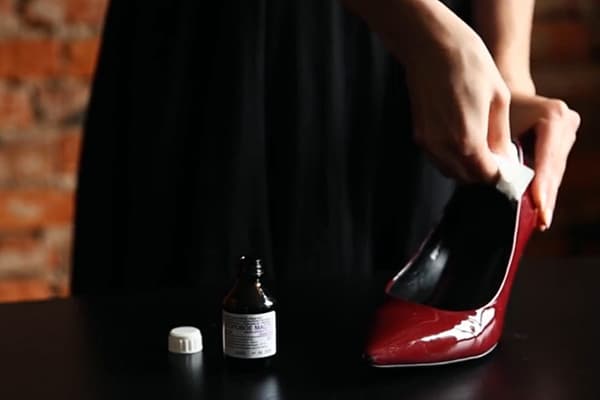
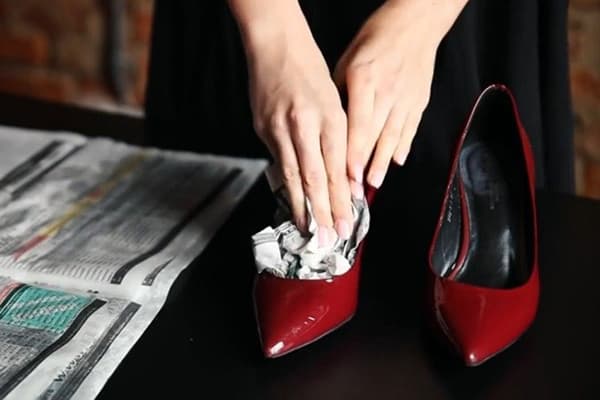
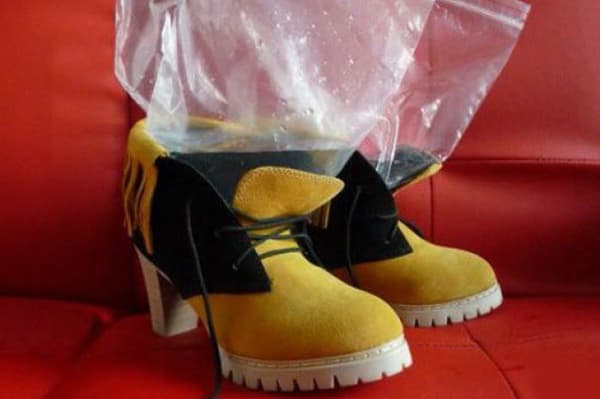
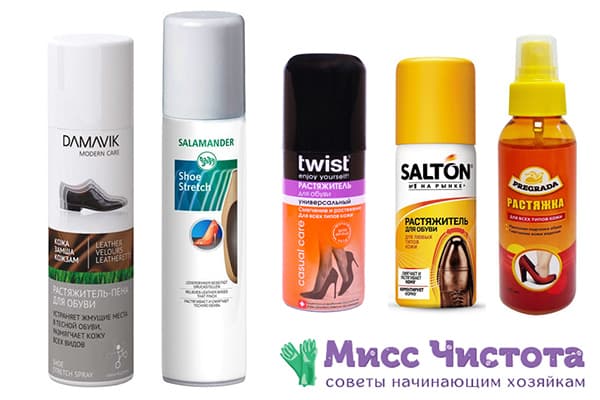
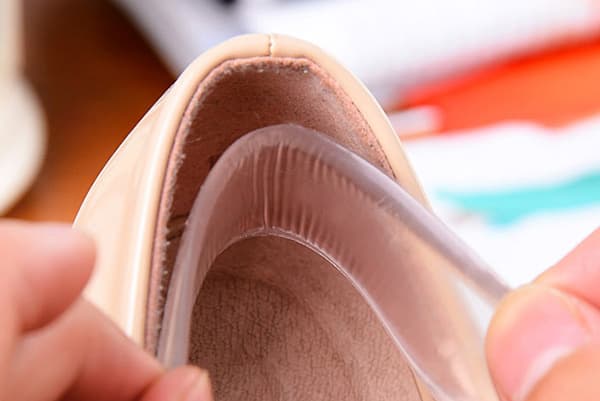
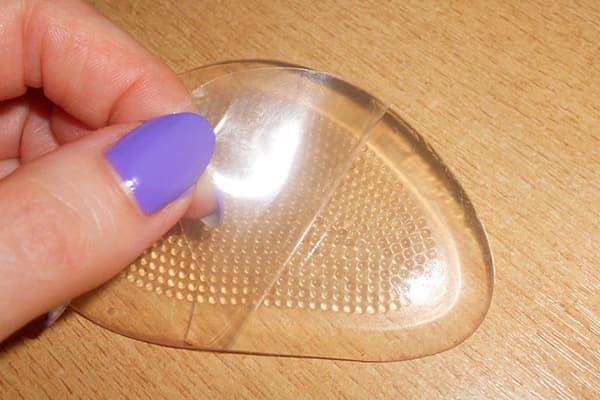
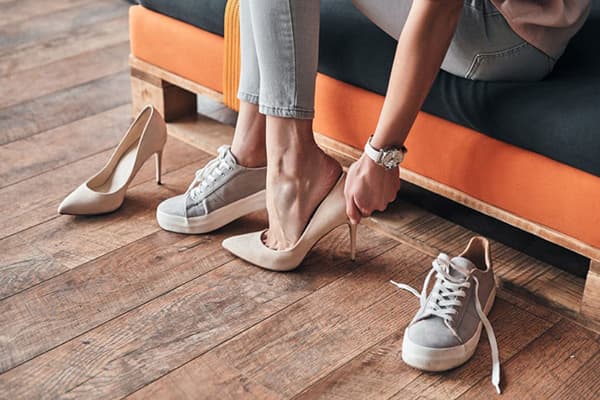
I tried the method with water and a freezer. And it worked! My shoes are a little wider and don't press or rub anymore.